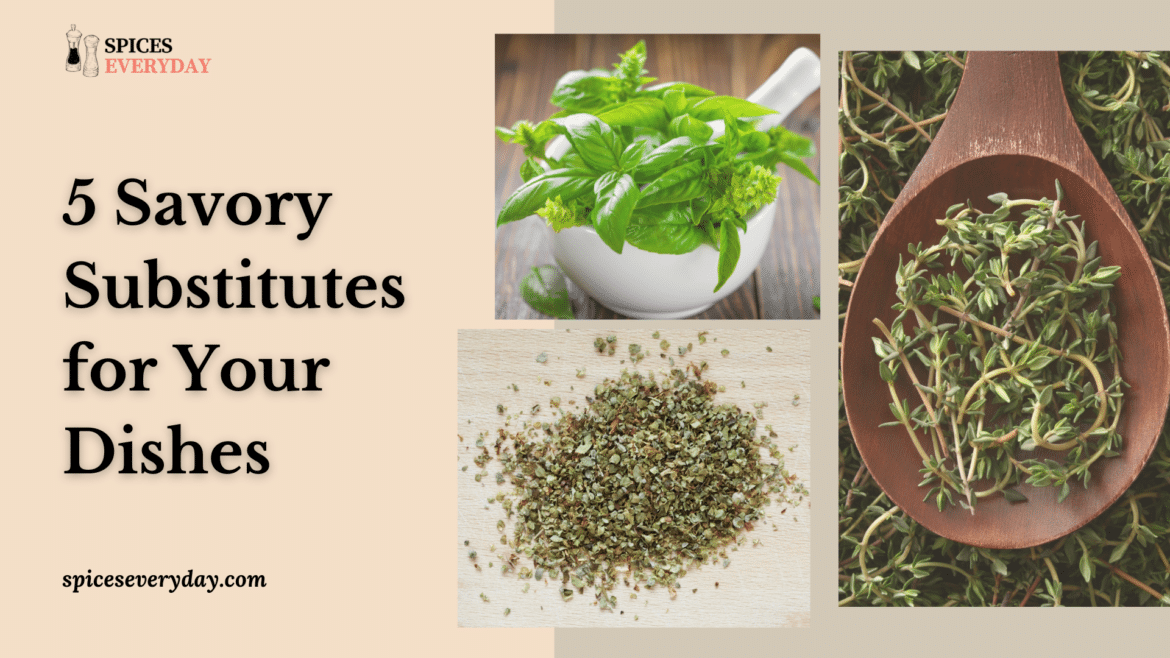Table of Contents
Who said that healthy has to be less tasty? You can enjoy hearty meals that are packed with nutrition at the same time. Now the question is, what makes a dish so tasty that everyone at the dining table goes nuts? You guessed it right, it’s the herbs and spices. Among most of them, savory stands out with its earthy and slightly peppery flavor. Now, what if you run out of it? Don’t worry. Endless substitutes for savory provide the same zest and flavor to any recipe. From thyme to sage and rosemary, each alternative is here to help you when you are running out of time. Want to know more? Let’s talk about savory substitute picks in detail.
Nutritional Content
Before we talk about each herb in detail, have a look at the nutritional content:
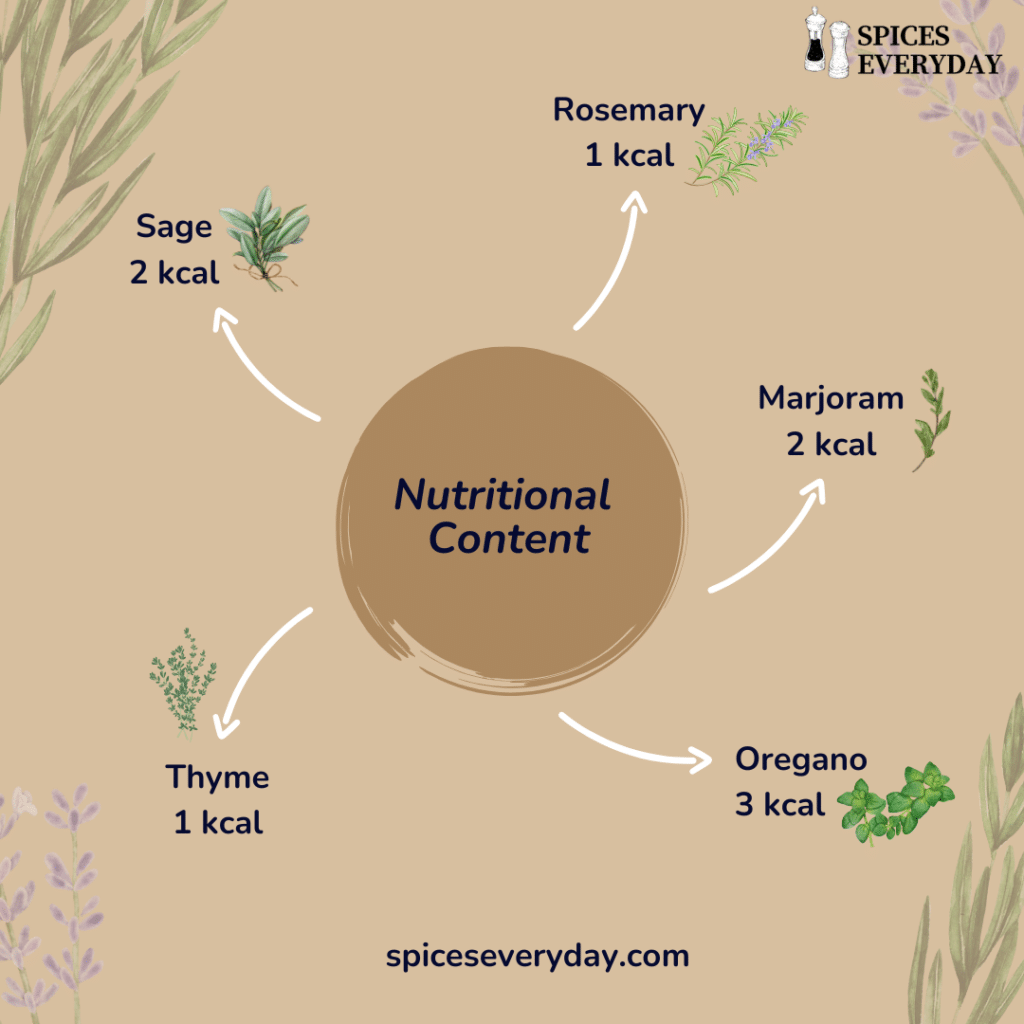
Each of these herbs is low-calorie, fat-free, and contains fiber, with subtle differences in carbohydrates and protein content. They also provide antioxidants and small amounts of essential vitamins and minerals, making them a flavorful and nutritious addition to any dish.
Thyme – A Classic Stand-In
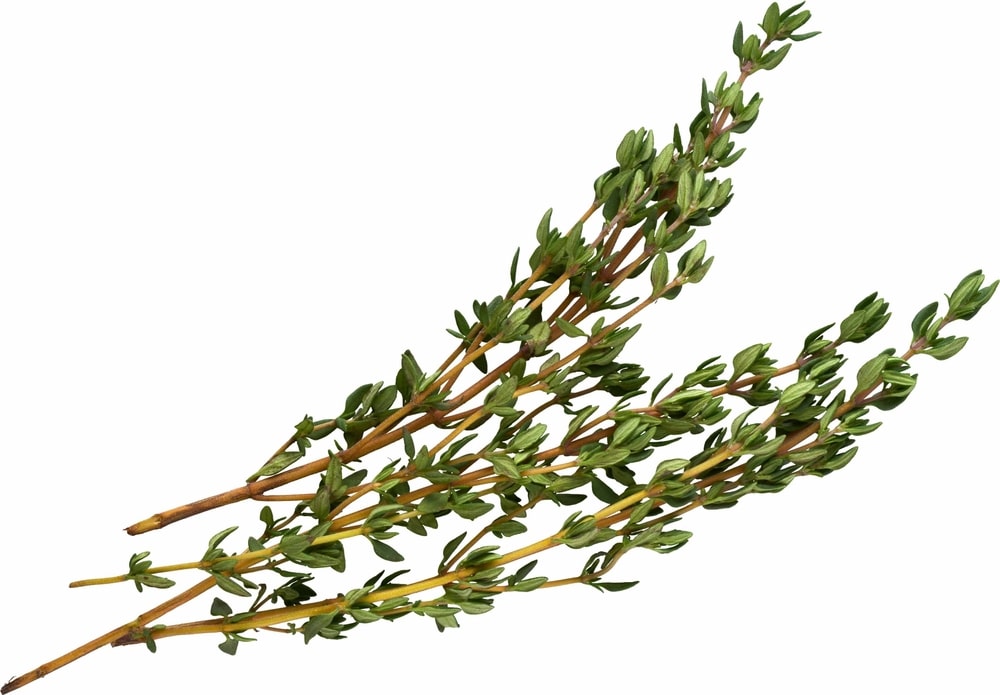
- The Flavor Profile: Thyme has a peppery, earthy flavor that is somewhat stronger than savory, making it the closest flavor to savory. You probably already have this flavorful herb substitution in your pantry.
- How to Use It: In most recipes, such as marinades and roasted veggies, a one-to-one substitution works. Long cooking times for savory meals are wonderfully complemented by its depth.
- Fun Tip: Use thyme to season meat if a recipe calls for savory in a meat rub. It’s ideal for filling recipes where the savory substitute will be the star.
Oregano – Bold and Versatile
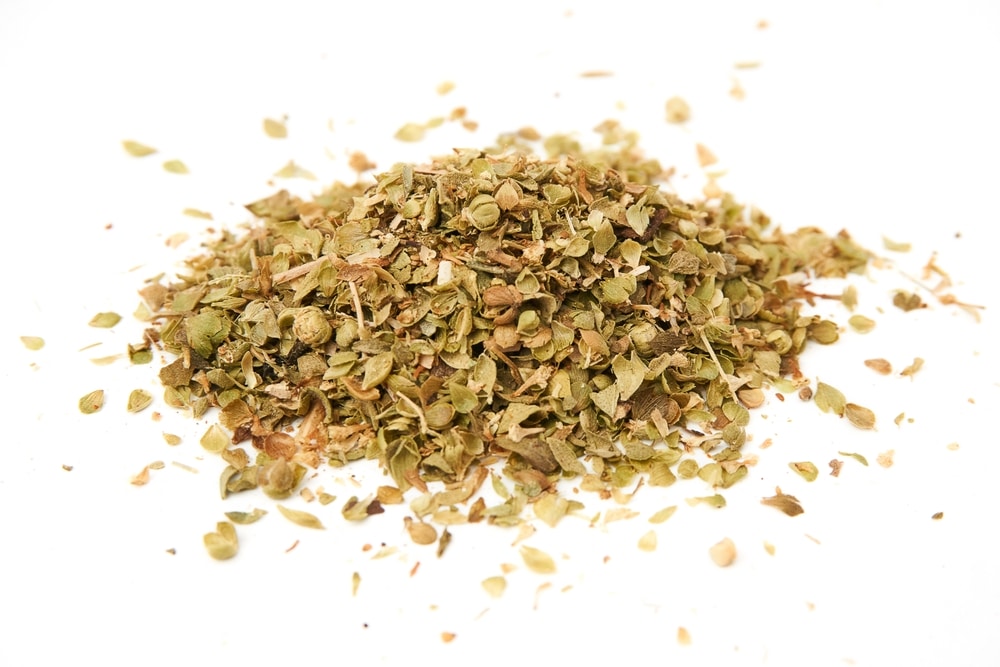
- The Flavor Profile: Oregano adds a strong, slightly bitter flavor that is a tad stronger than savory. It works especially well in Italian or Mediterranean cuisine as a substitute for savory.
- How to Use It: Try substituting one ingredient for another in soups, stews, and sauces. Dried oregano adds a great punch to any meal that contains tomatoes or garlic.
- Fun Tip: Oregano, when combined with herbes de Provence or other spice blends, adds depth and complexity to pasta dishes, stews, and other recipes.
Marjoram – Mellow and Sweet
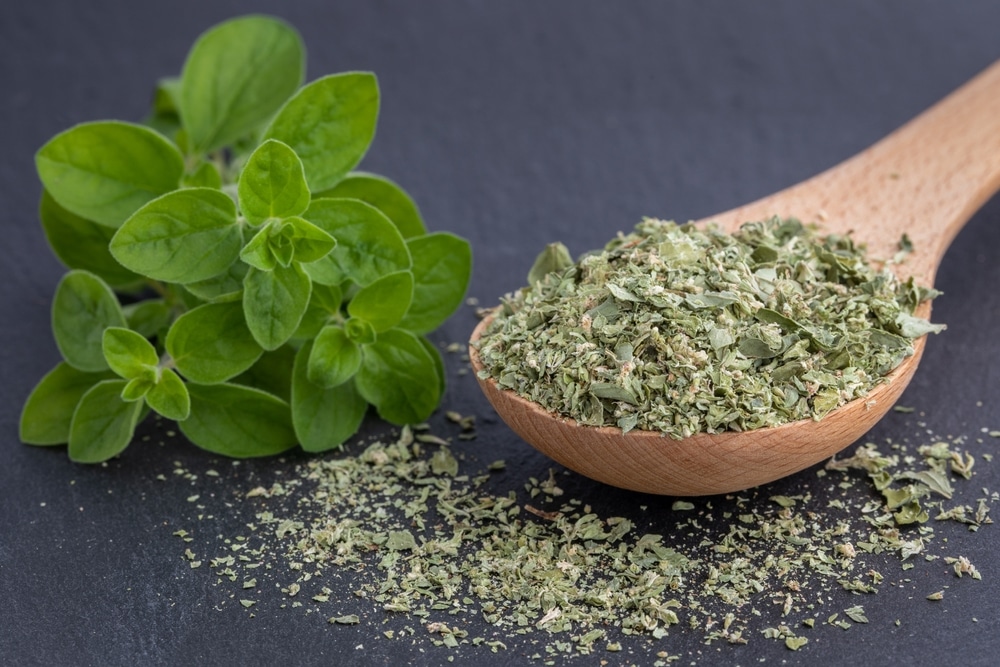
- The Flavor Profile: Marjoram is an excellent option for a softer summer savory alternative because it has a milder, sweeter flavor than savory. It offers a mild warmth and goes nicely with a variety of herbs.
- How to Use It: Use a 1:1 ratio in recipes that call for savory ingredients in lighter meals. Marjoram is very delicious in recipes calling for a gentler savory alternative, such as those including beans, pork, or fowl.
- Fun Tip: Marjoram also works well in stews or soups that contain cream. Its mild, adaptable herb quality enhances other components without overpowering them.
Rosemary – Earthy and Bold
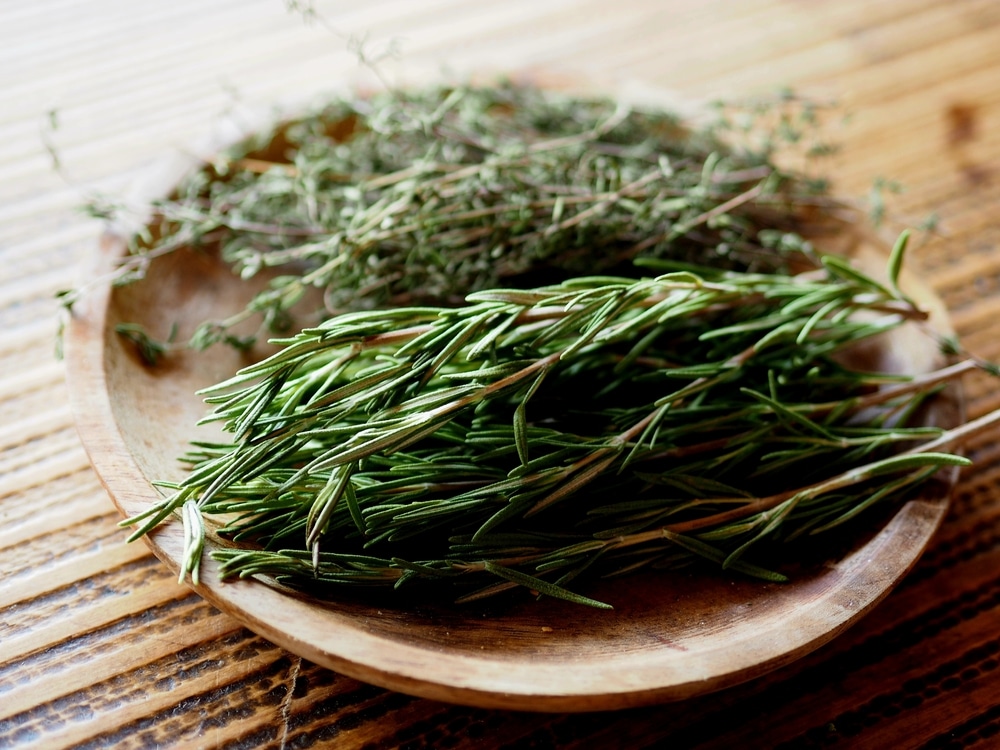
- The Profile of Flavor: It’s better to use rosemary sparingly because it can be strong, woodsy, and peppery. When used properly, rosemary can serve as a great savory spice alternative for heartier, more flavorful meals.
- How to Use It: Sprinkle roasted meats, veggies, or stews with a little rosemary (about half as much as savory). Rosemary adds a distinctive edge to recipes that require a savory alternative with a strong, earthy flavor.
- Fun Tip: Rosemary works nicely with other herbs like black pepper and thyme in spice rubs. Try adding it to roasted veggies or meat together with other dried herbs.
Now that we have discussed rosemary, do you know we have an article guide on rosemary substitutes, too? You can check that out and pick your favorite ones.
Sage – Aromatic and Earthy
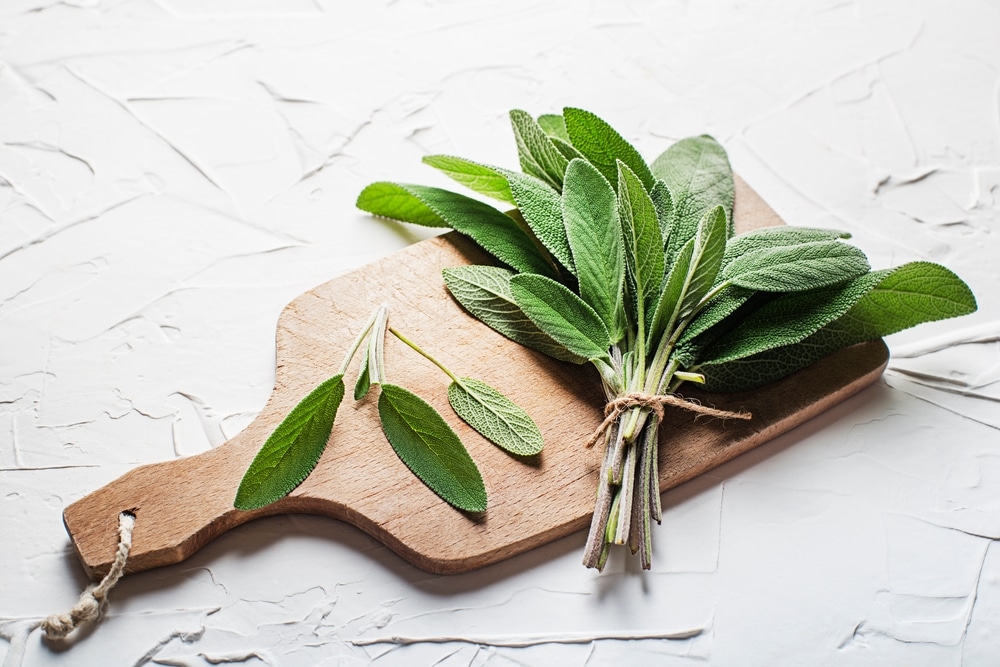
- The Flavor Profile: Sage is a strong herb with an earthy, somewhat peppery flavor that works well in place of savory ingredients in substantial soups, roasted vegetables, and stuffing.
- How to Use It: Combine half sage and half thyme to balance the flavor and create a rich, savory dish. Adding an earthy touch to your recipe is a great dried savory alternative.
- Fun Tip: Sage is a great way to replace savory spices and pairs well with herbes de Provence or dried thyme in soups and stews. Its strong flavor enhances dishes that benefit from the long simmer.
The Bottom Line
When you’re out of savory, these summer savory substitutes will keep your dishes just as delicious. If you’re going for a savory alternative with thyme or adding a bold kick with rosemary, try these savory replacements next time you need a twist.
Substitute Away!

